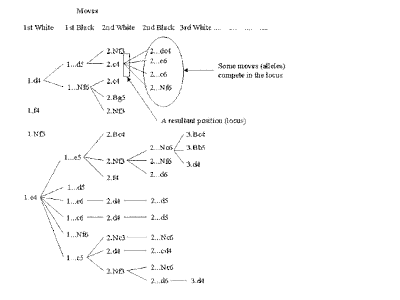Thinking backwards

Kotov popularized the so called tree of analysis in his book Think like a grandmaster. Other authors, like Nunn in Secrets of practical chess, revisited this idea a little further. The tree of analysis is a method of forward thinking. The downside of forward thinking is, in a complex position, that the amount of branches grows sky high before you know it. With many branches and many moves, a short term-memory overload error is inevitable. And that is time and again what I experience when solving complex positions from Polgars middlegame brick when I use the method of trial and error.
A better method would be to think backwards. That you recognize the endposition, and try to find moves that lead to that position. In a sense, Dan Heisman's seeds of tactical destruction is a method to think backwards. This works much better, because the load of the short term memory is diminished. But the "seeds of tactical destruction" is a rather limited system, and insufficient to solve the more complex positions.
And so I'm looking for a more elaborate system. I came to the same conclusion in this old post. Since this is the second time I reach this conclusion, but now coming from another angle, it makes me to belief that it is important.
Comments
Post a Comment